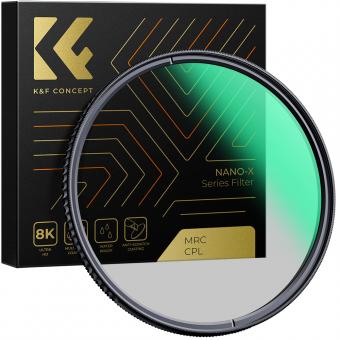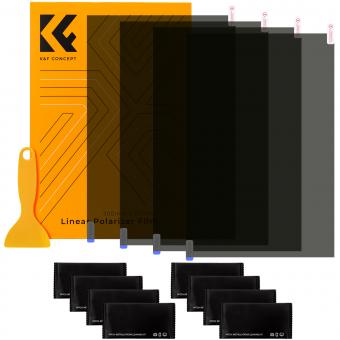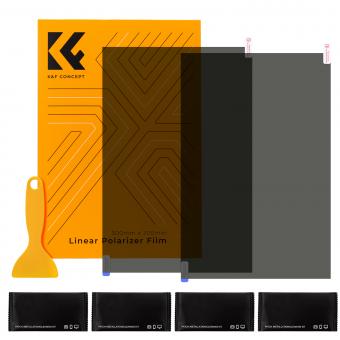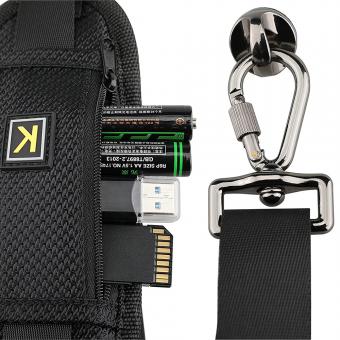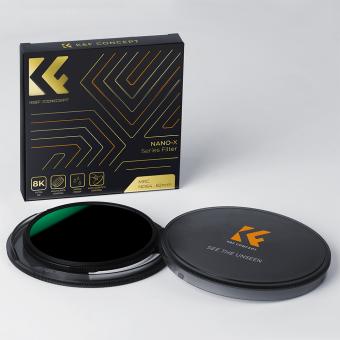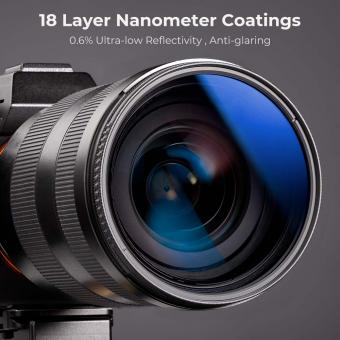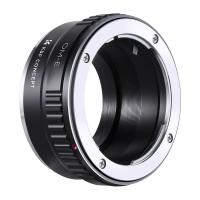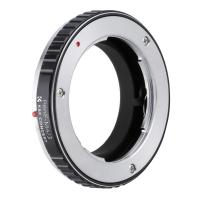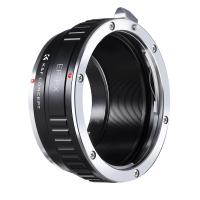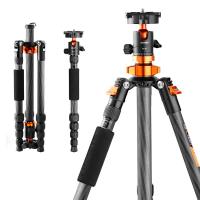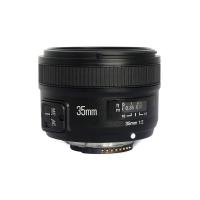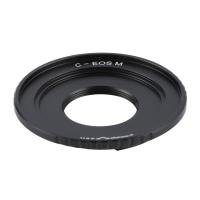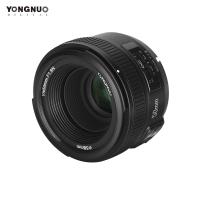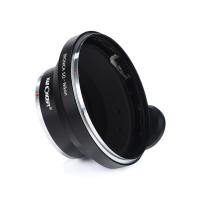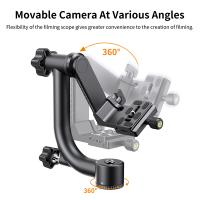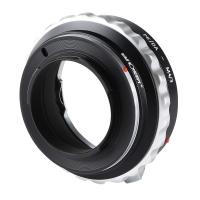How To Get A Polarizing Filter Off ?
To remove a polarizing filter, gently hold the outer edge of the filter and rotate it counterclockwise until it comes off.
1、 Twist-off method for removing a polarizing filter from a lens.
To remove a polarizing filter from a lens, you can use the twist-off method. This method involves twisting the filter in a counterclockwise direction to unscrew it from the lens. Here's a step-by-step guide on how to do it:
1. Hold the lens firmly with one hand to prevent any accidental damage or movement.
2. With your other hand, grip the outer edge of the polarizing filter.
3. Begin twisting the filter in a counterclockwise direction. Apply gentle pressure and make sure not to force it.
4. Continue twisting until the filter becomes loose and can be easily removed from the lens.
5. Once the filter is loose, carefully lift it off the lens.
It's important to note that not all polarizing filters are designed to be removed. Some filters are permanently attached to the lens and cannot be taken off. In such cases, attempting to remove the filter may cause damage to the lens or the filter itself.
Additionally, it's worth mentioning that the twist-off method may not be suitable for all types of polarizing filters. Some filters may have a different mechanism for attachment, such as a push-and-release system. In such cases, refer to the manufacturer's instructions or consult a professional for guidance.
Always exercise caution when removing a polarizing filter, and if you're unsure or uncomfortable doing it yourself, it's best to seek assistance from a professional photographer or camera technician.
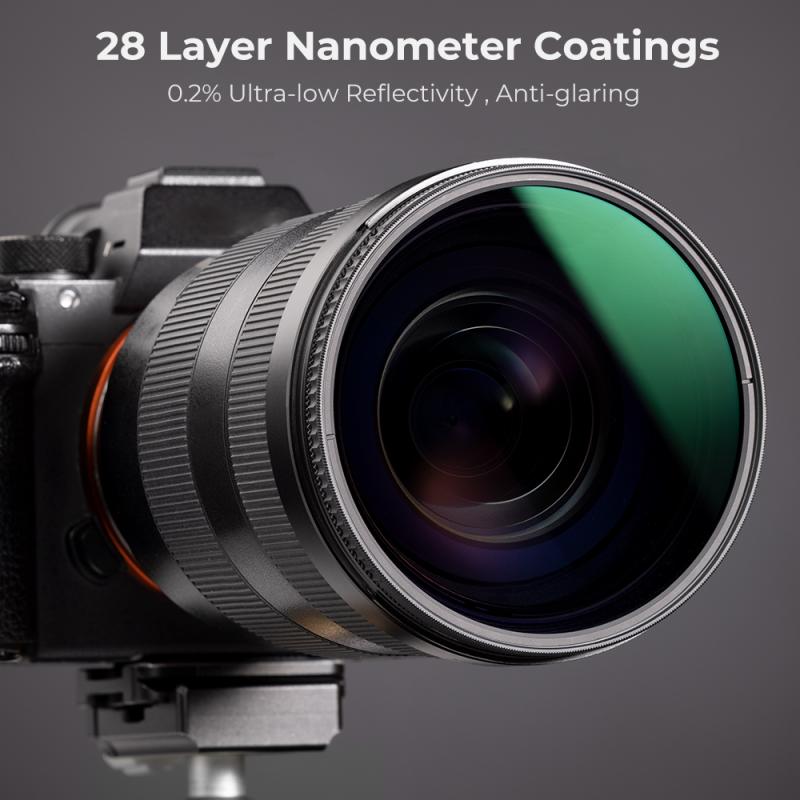
2、 Using a lens wrench to safely detach a polarizing filter.
To safely detach a polarizing filter, one can use a lens wrench. A lens wrench is a handy tool designed specifically for removing filters without causing any damage to the lens or filter itself. Here's a step-by-step guide on how to use a lens wrench to remove a polarizing filter:
1. Ensure that the lens is turned off and the camera is not in use. This will prevent any accidental damage to the lens or camera.
2. Place the lens wrench around the outer edge of the polarizing filter. The wrench should fit snugly but not too tight.
3. Gently apply pressure to the wrench, turning it counterclockwise. The filter should start to loosen.
4. Continue turning the wrench until the filter is completely detached from the lens. Be cautious not to apply excessive force, as this could potentially damage the lens or filter threads.
5. Once the filter is removed, inspect it for any signs of damage or wear. If the filter appears to be in good condition, it can be safely stored or used on another lens.
It's worth noting that some modern lenses have a built-in mechanism that allows for easy filter removal without the need for a lens wrench. In such cases, refer to the lens manual for specific instructions on how to remove the polarizing filter.
Always exercise caution when handling camera equipment to avoid any accidental damage. If you are unsure about removing the polarizing filter yourself, it's recommended to seek assistance from a professional camera technician.
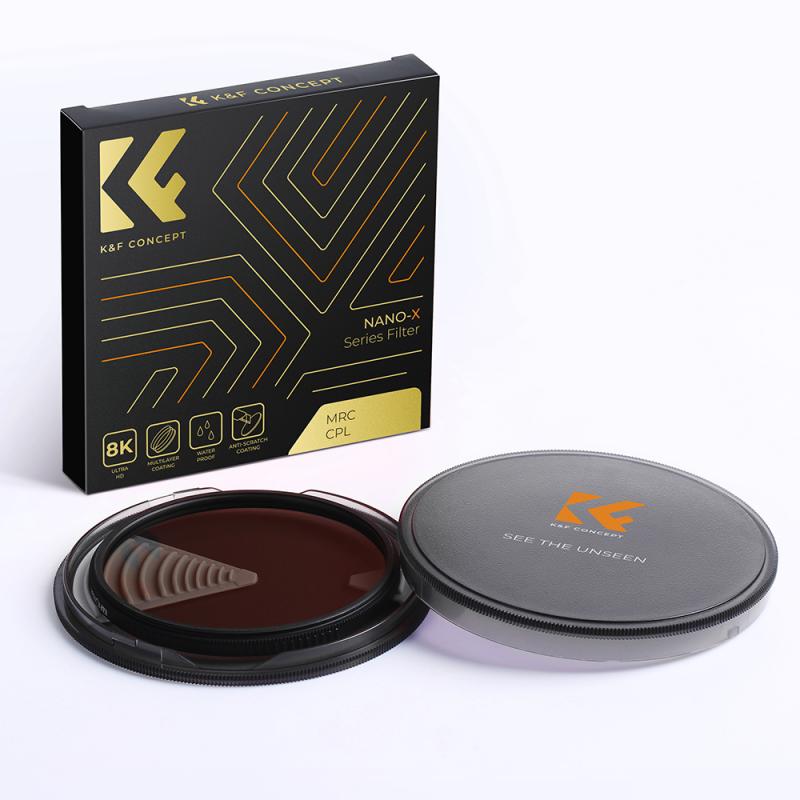
3、 Step-by-step guide to removing a stuck polarizing filter.
Step-by-step guide to removing a stuck polarizing filter:
1. Assess the situation: Before attempting to remove a stuck polarizing filter, it's important to evaluate the condition of the filter and the lens. Check for any visible damage or signs of wear that may require professional assistance.
2. Apply gentle pressure: Start by gripping the filter firmly but gently. Use a lens cloth or rubber gloves for better grip and protection. Apply a slight rotational force in both directions to see if the filter loosens.
3. Use a filter wrench: If the filter remains stuck, consider using a filter wrench. These specialized tools are designed to provide extra leverage and grip to remove stubborn filters. Place the wrench around the edge of the filter and turn it counterclockwise to loosen it.
4. Apply heat or cold: Thermal expansion or contraction can sometimes help loosen a stuck filter. Use a hairdryer to gently heat the filter for a few seconds, being cautious not to overheat the lens. Alternatively, placing the lens in a plastic bag and freezing it for a few minutes can cause contraction and potentially aid in removal.
5. Seek professional help: If all else fails, it may be best to consult a professional camera technician or lens manufacturer. They have the expertise and specialized tools to safely remove the stuck filter without causing any damage to the lens.
It's important to note that these steps are general guidelines and may not work in every situation. It's always recommended to exercise caution and seek professional assistance if unsure or if the filter appears to be stuck severely.
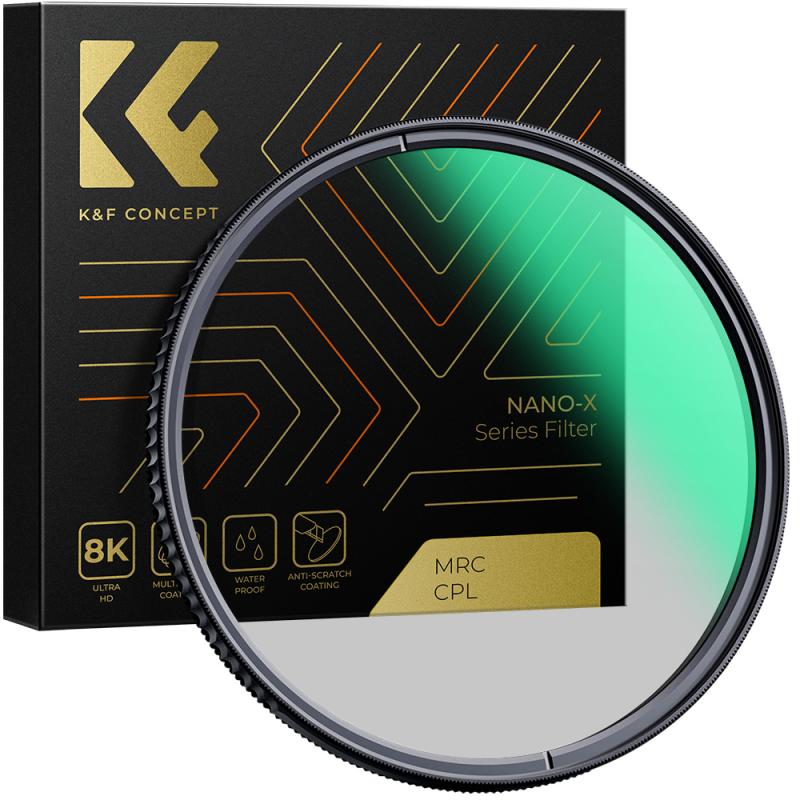
4、 Tips for removing a polarizing filter without damaging the lens.
Removing a polarizing filter from a camera lens can be a delicate process, as you want to avoid damaging the lens or the filter itself. Here are some tips to safely remove a polarizing filter without causing any harm:
1. Prepare a clean and stable workspace: Find a clean and well-lit area to work in. Make sure you have a stable surface to place your camera on during the process.
2. Turn off the camera: Before attempting to remove the filter, turn off your camera to prevent any accidental damage.
3. Use a lens hood or lens cap: If your camera lens has a lens hood or cap, remove it first. This will provide you with a better grip on the filter.
4. Apply gentle pressure: Hold the lens firmly but gently, and try to rotate the filter counterclockwise. Most filters have a thread that allows them to be screwed onto the lens. Apply even pressure and avoid using excessive force.
5. Use a filter wrench: If the filter is stuck or difficult to remove, consider using a filter wrench. These tools are specifically designed to grip the filter and provide extra leverage for removal. Be cautious not to overtighten the wrench, as it may cause damage.
6. Clean the lens: Once the filter is removed, use a lens cleaning cloth or lens cleaning solution to wipe away any fingerprints or smudges on the lens surface.
It's important to note that the latest point of view emphasizes the need to be cautious and gentle while removing the filter. If you are unsure or uncomfortable with the process, it is always recommended to seek assistance from a professional camera technician.



